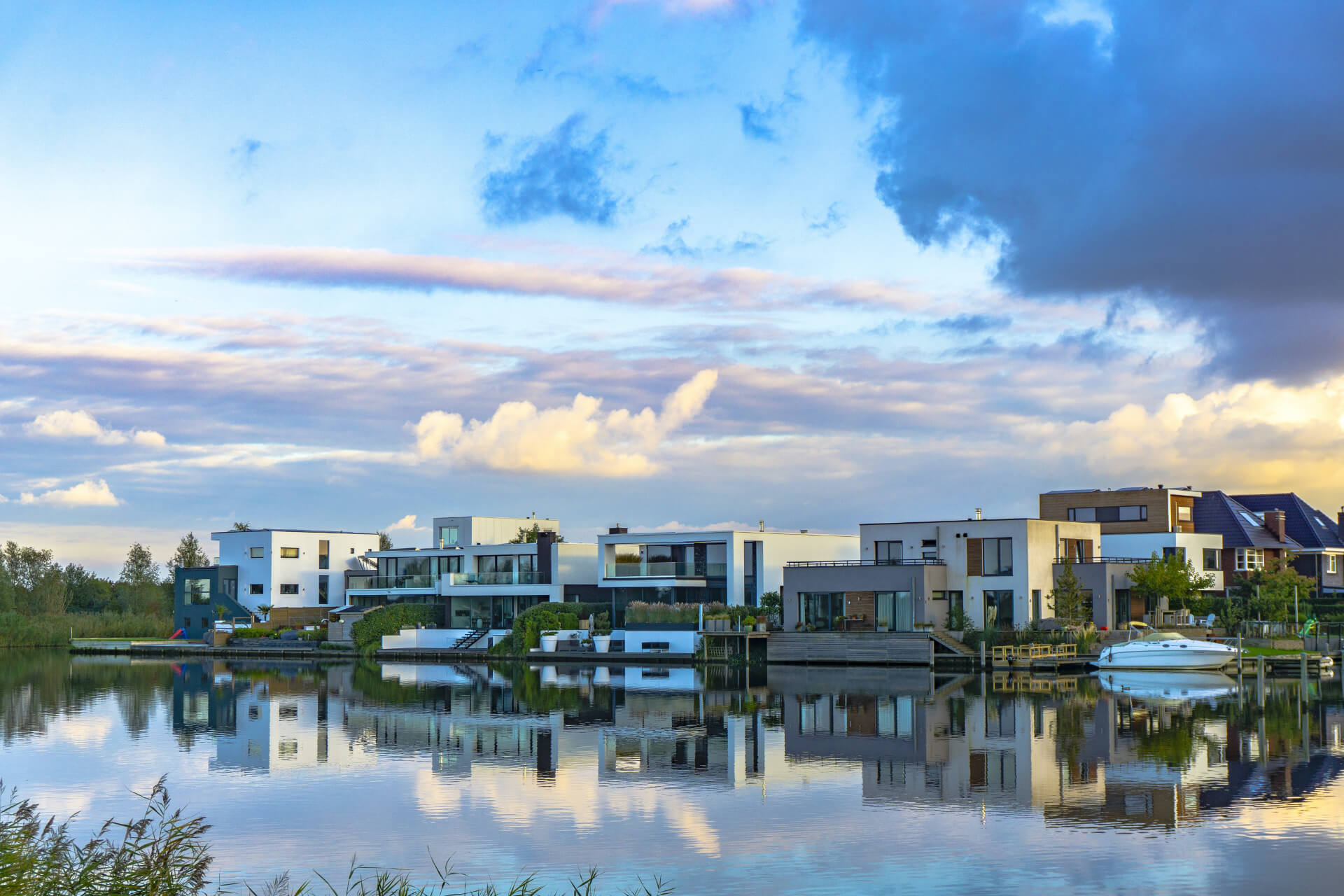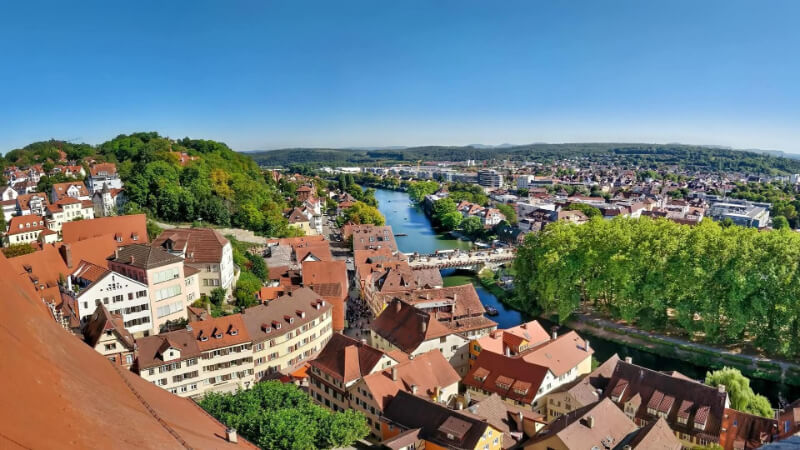Definition
In 1994, the World Health Organization defined quality of life as “an individual’s perception of his place in life, within the context of the culture and value system in which he lives, in relation to its objectives, expectations, standards and concerns”.
Urban planning and housing carry a great responsibility for our health, an implicit but not always conscious responsibility. It can be a question of poor living as well as attacks by chemical agents and pollution.
Working for buildings, urban planning and infrastructures that are part of sustainable development, the Alliance HQE-GBC places the individual at the heart of projects with a commitment to quality of life.

Goals
To improve the quality of life in buildings and territories, three objectives underlie the action of eco-responsible developers and builders:
- Healthy, safe, practical and comfortable living spaces
- Accessible, adaptable and resilient territories and built environment
- A territorial fabric that is pleasant to live in.
For the building
- Safety, health
- Design that avoids the risk of falls, domestic accidents, electrical safety, fire safety, limitation of technical risks, protection against xylophagous insects
- Intrusion Protection
- Indoor air quality
- Quality of sanitary water distributed in the building
- No exposure to electromagnetic waves
- Comfort, practicality
- Accessibility: taking into account the needs of people with reduced mobility, the elderly or dependent, visually impaired, etc., conditions related to an activity
- Quality of use: functionalities of spaces and equipment, information on the building and its equipment, ease of maintenance, upkeep and management, durability of use
- Adaptability: ease of adaptation over time to other functional needs or to another type of use
- Hygrothermal comfort: in all seasons in the premises
- Acoustic comfort: internal acoustics, acoustic insulation of facades, insulation against interior airborne noise and impact noise
- Visual comfort: quality of the lighting atmosphere, particularly in terms of natural light
- Living well together
- Services made available by the building: VDI network (voice, data, images), means put in place to adapt the building to new uses (teleworking), shared space, pooling of spaces, services for occupants (bike/stroller room, sports…), access to green spaces
For urban planning
- Safety, health
- Accessibility and user safety (continuity of pathways)
- Control of atmospheric pollution and air quality
- Control of sound and vibration pollution
- Comfort, practicality
- Accessibility
- Visual comfort: masks and views for users, glare and masks for residents
- Olfactory comfort: creation of a pleasant olfactory atmosphere and control of sources of strong or unpleasant odors
- Living well together
- Proximity to services and functional mix: housing near employment areas, shops and services, public spaces conducive to exchange
- Mobility: proximity to public transport, easy access to soft transport (pedestrian path, cycle paths, etc.), car-sharing stations, presence of electric vehicle charging stations, etc.
- Public space promoting social interactions
- Access to green spaces and nature
For infrastructure
Safety, health
Accessibility and user safety (continuity of pathways)
Control of atmospheric pollution and air quality
Control of sound and vibration pollution
- Comfort, practicality
- Connection to structuring hubs and services: improvement of access routes to services, local shops, improvement of travel times
- Improving accessibility or switching to other modes of transport
- Possibility of access to local modes of transport due to the contexts of the local area
- Control of light pollution
- Acoustic and visual comfort
- Choice of landscaping to minimize the heat island effect
- Living well together
- Sizing of the infrastructure so that its use can evolve over time
- Integration of infrastructure into the landscape, enhancement of heritage and identity elements

Frame of reference and definition
Go directly to the HQE reference frameworks for sustainable building, development and infrastructure, and to the thematic definition frameworks.
Les publications associées
HQE commitments
Building development and infrastructure at all stages of their life cycle – construction, operation, renovation – are at the heart of the DNA of the HQE-GBC alliance and its members, in a transversal vision combining quality of life, respect of the environment, economic performance and responsible management.